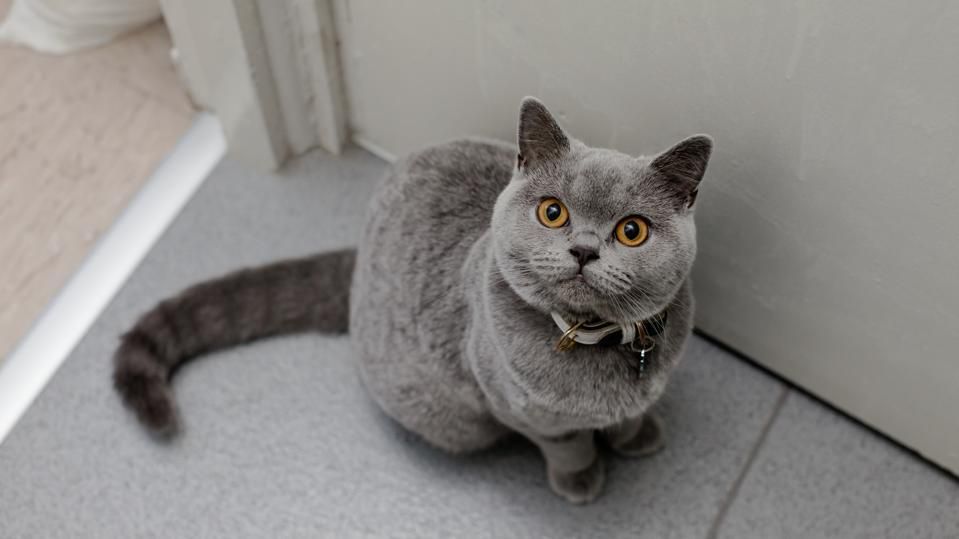
Domestic Shorthair or Moggy
‘Moggy’ is a term for a Domestic Shorthair, non-pedigree cat, meaning the cat’s ancestors originated from various breeds. Moggies generally have a reputation of better health than their pedigree counterparts, as natural selection has meant that only the best genes and traits were carried forward. They are also said to be a lot smarter than many pedigrees for the same reason.
British Shorthair
This is one of Britain’s first pedigree cats. At the end of the nineteenth century, they were known as the British Blue because that was the first colour of the breed to emerge. However, over a hundred years later the breed boasts many variations in colour and pattern. They are distinctive in their appearance with their round head and large round eyes, which correspond with their coat colour. Their features are rather short and small, such as the tail, nose and ears, whilst the nose is straight and the ears are widely spaced. The breed is quite large compared to others.
Rag Doll
The Rag Doll is a relatively new breed of cat that has emerged since the 1960s from America, and was only recognised as a breed in the UK by the Governing Council of the Cat Fancy in 1990. The majority of their body is lighter than their face, legs, tail and ears, making them a pointed breed, and their semi-long fur can be many colours. Perhaps the most distinctive attribute of the breed is their blue eyes.
Crossbreed
A crossbreed is the result of mating between two different breeds of pedigree cat, unlike moggies, which have been mixed for generations. Cats are sometimes specifically bred to be crossbreeds, and tend to be healthier than pedigrees because of natural selection. It is possible for traits from both breeds to be passed on, sometimes creating a balance between them.
Bengal
A relatively new breed in the UK, the Bengal cat is said to have originated from the US in 1963 when wild cats such as the Asian Leopard were bred with domestic house cats. This was to deter people from keeping dangerous wild animals as pets and to stop the exploitation of them for the fur market. The breed was introduced into the UK in 1991.

